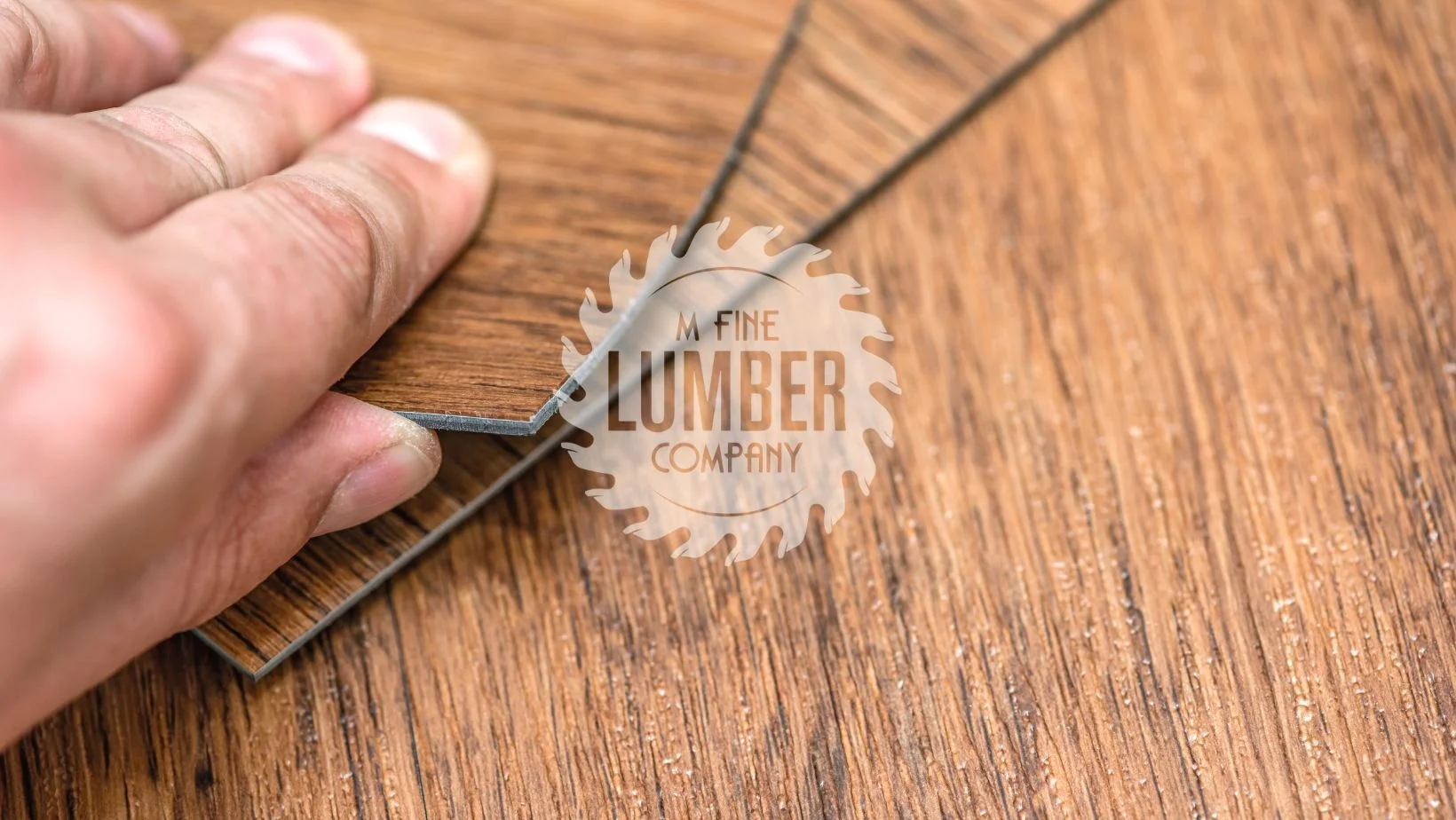
Grain raising is a problem that woodworkers everywhere are familiar with – the distasteful sight of subtly visible grains can be annoying to anyone. It can be especially vexing when you’ve put all the time and effort into finding just the right grain pattern and texture to bring out the beauty of your work, only to have it tainted by this issue. Fortunately, there are techniques available for controlling raised wood grain effectively which we’ll cover in this blog post. So read on if you want to learn about how to manage and minimize unwanted grain raising as quickly and efficiently as possible.

Grain raising is a coat issue that happens most often due to wood coatings. When a water-based finish is applied to cover wood surfaces, fibers stand out from the wood, resulting in a dull look and a rough surface. This is referred to as grain raising. The water in the paint, or simply moisture in the air, causes the wood fibers to expand and lift. Grain rising causes coating failure, which eventually leads to corrosion.
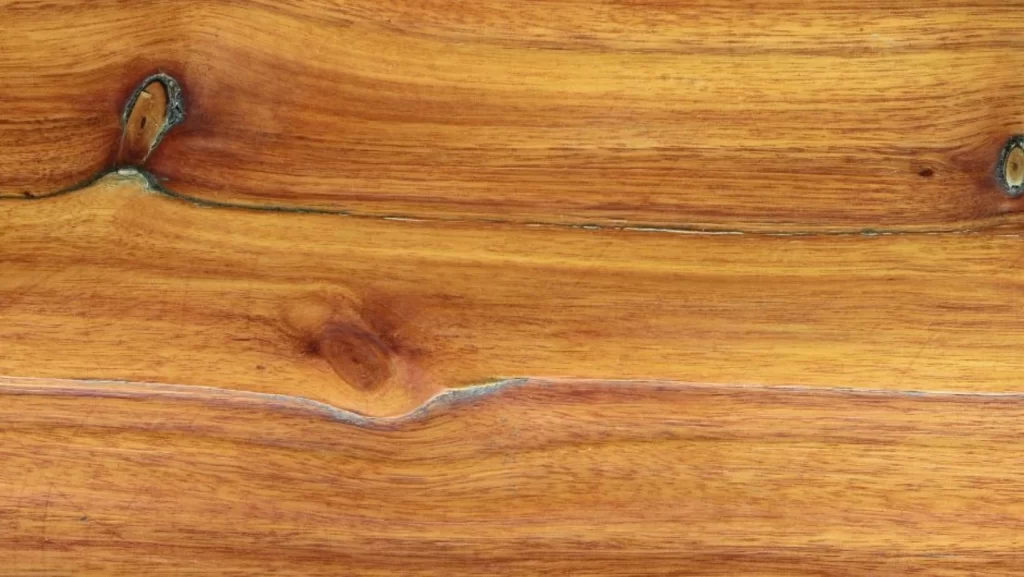
We try for completely straight cuts when milling and sawing timber since woodworking demands it. Tree trunks, on the other hand, are not exactly symmetrical. As a result, a straight plank often consists of multiple pieces with distinct wood cells.
Consequently, moisture is released at varying rates by different cells. The softest ones dry the quickest, while the mature ones dry the slowest, and that is what causes the boards to have uneven surfaces.
This does not generally result in a surface that feels rough. The irregularly elevated grains across the board, on the other hand, might cause dips and bumps throughout the board.
As wood cells absorb water and expand, they cause a new form of grain rising. This occurs more often in weaker wood cells or damaged cells. Several factors may cause them to break. Uneven moisture, for example, may induce warping and breakage of particular cells. Soft cells are the most easily broken. Say you expose the wooden plank to water or dampness, since it’s in their nature, all the cells will race to absorb the water. Cells generally swell and enlarge as a result of this.
Consider what happens if a broken cell expands. It will rise to the surface like a balloon full of air. And, before you know it, billions of cells start emerging from the surface of the wood.
Moisture causes the wood cells to enlarge, break, and rise from the surface of the wood. When dealing with woods that are prone to grain rising, it is advisable to avoid applying a water-based finish.
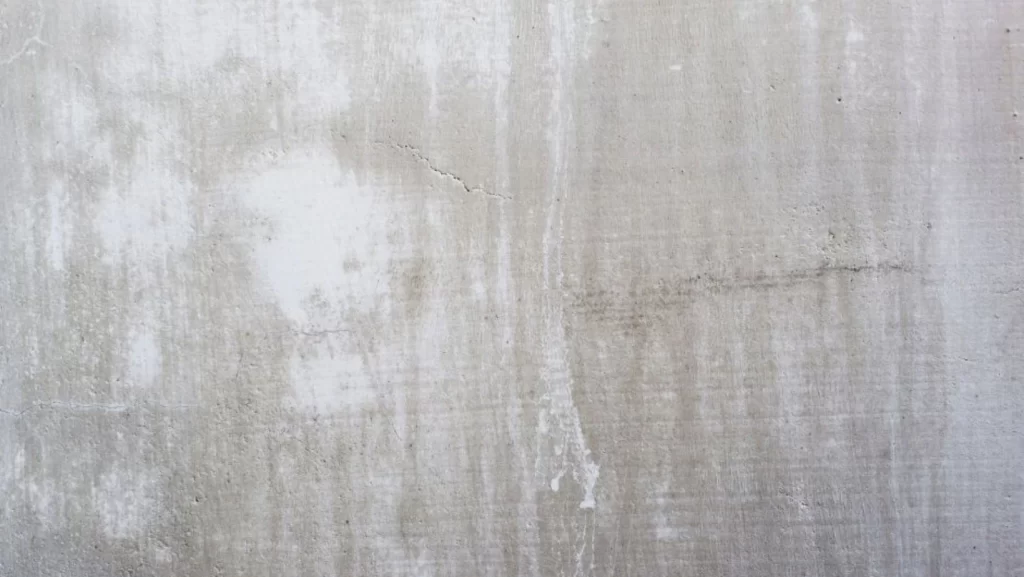
When it comes to dealing with wood-raising problems, oil-based coatings are your best bet. But did you know that wood fibers may push the finishing layer away from the surface, resulting in a rough surface?
This can happen when using a no-build oil finish and making the coat too thin to sustain surface tension.
Humidity will slowly infiltrate and build behind the finish layer, causing the cells beneath to expand. If the finish layer is too weak to sustain the pressures, the fibers will rise off the board, resulting in a rough surface.
The only way to avoid this issue is to apply a thick finishing layer. Consider two or three layers of stain followed by a protective water-proof finish.
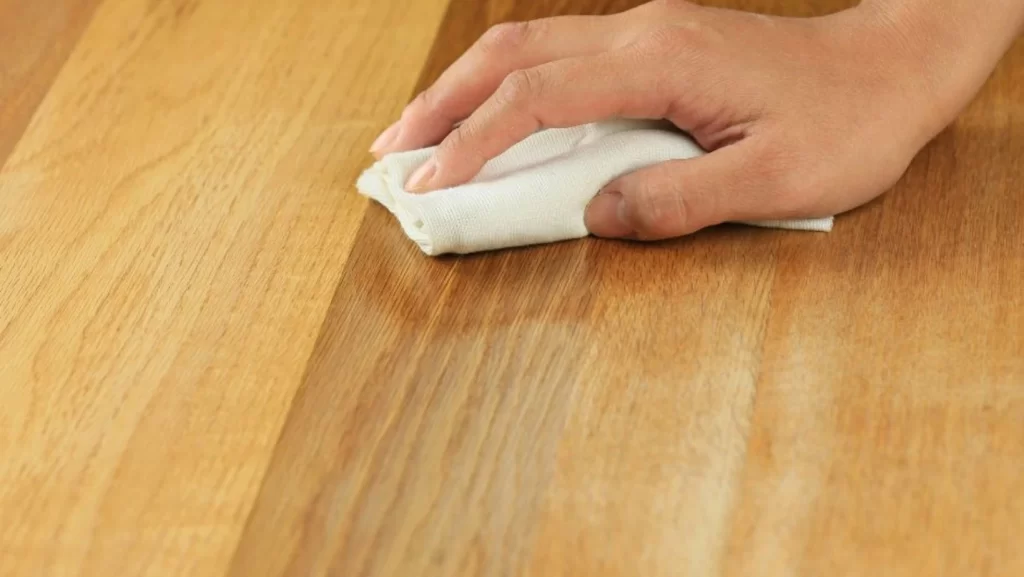
Grain rising in wood may also be handled by raising the grain before applying the finish.
Sand the boards down with 220 grit sandpaper until you’re left with a smooth surface.
Apply a layer of water to the whole wood surface using a small foam brush. The amount of water to use is determined by the project’s variables. But, don’t soak the wood with water. Then let it set overnight once completed.
It’s time to sand the surfaces down again to get rid of the elevated fibers. But keep in mind that you must sand using dull sandpaper. This way, you won’t expose fresh wood. Sand the elevated grain down until it is completely flat.
To prevent pulling down additional wood cells or exposing new wood, sand lightly with extremely fine sandpaper.
Therefore, sandpaper with a grit of 320 or above is recommended for removing increased grain, and sandpaper grades between 400 or 500 are optimal.
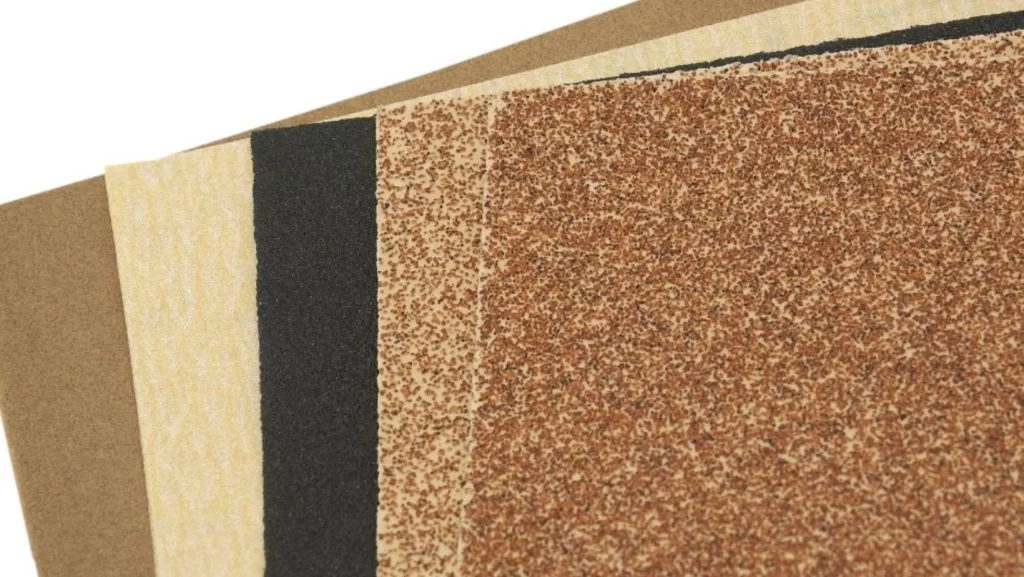
Ultimately, dealing with raised wood grain successfully comes down to using the right techniques and having an understanding of the principles of woodworking. Knowing the basics about what types of wood are prone to grain raising, the effects of moisture on wood, and choosing the right type of wood for your project are key. Whether you’re a beginner or master craftsman, it’s important to recognize that paying attention to details like grain raising can make all the difference in creating something wonderful!
